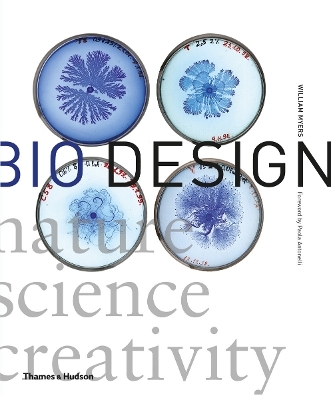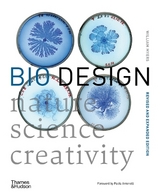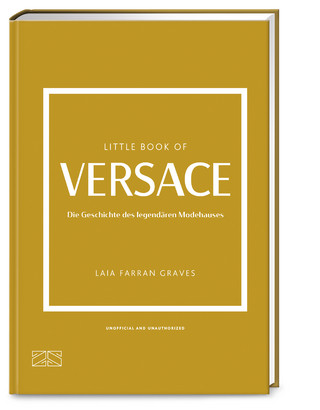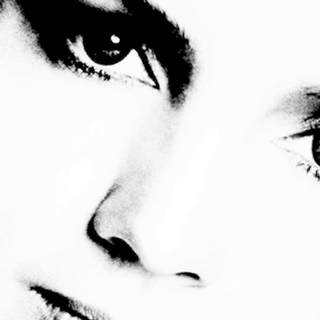
Bio Design
Nature • Science • Creativity
Seiten
2014
Thames & Hudson Ltd (Verlag)
978-0-500-29150-4 (ISBN)
Thames & Hudson Ltd (Verlag)
978-0-500-29150-4 (ISBN)
- Titel erscheint in neuer Auflage
- Artikel merken
Zu diesem Artikel existiert eine Nachauflage
New in paperback, the first overview to address the thrilling new developments in the field of biological design.
Bio Design examines some seventy projects (concepts, prototypes and completed designs) that cover the fields of architecture, industrial processes, education, fine art, material engineering and bioengineering. Each project is illustrated by a short text, images and captions that combine to explain the problems the venture tackles, and how living materials and processes were harnessed to solve them in sustainable and aesthetically pleasing ways. Designers and artists have always looked to nature for inspiration and materials, but only recently have they been able to alter and incorporate living organisms in their work. In a world with finite resources and a growing population, design that mimics or appropriates the sustainable template of nature is likely to prove as vital as it is novel. Many of the solutions also provoke thought about manipulating life for human ends. From bacteria that can spin microfibrils of pure cellulose for use in the clothing industry to pigeons that – fed special bacteria – excrete harmless detergent instead of faeces, and from lamps that require blood to function to genetically hacked plants with human DNA – biological design is science future here and now.
Bio Design examines some seventy projects (concepts, prototypes and completed designs) that cover the fields of architecture, industrial processes, education, fine art, material engineering and bioengineering. Each project is illustrated by a short text, images and captions that combine to explain the problems the venture tackles, and how living materials and processes were harnessed to solve them in sustainable and aesthetically pleasing ways. Designers and artists have always looked to nature for inspiration and materials, but only recently have they been able to alter and incorporate living organisms in their work. In a world with finite resources and a growing population, design that mimics or appropriates the sustainable template of nature is likely to prove as vital as it is novel. Many of the solutions also provoke thought about manipulating life for human ends. From bacteria that can spin microfibrils of pure cellulose for use in the clothing industry to pigeons that – fed special bacteria – excrete harmless detergent instead of faeces, and from lamps that require blood to function to genetically hacked plants with human DNA – biological design is science future here and now.
William Myers is a writer, curator and teacher based in Amsterdam. He has worked for The Museum of Modern Art, the Smithsonian Cooper-Hewitt National Design Museum, the Guggenheim and Genspace, the first community biotech lab in the United States. His writing has appeared in Metropolis magazine, The Architect’s Newspaper and New York Magazine.
Introductory Essay: Beyond Biomimicry, by Paola Antonelli • The Architectural Hybrids: Living Structures and New Ecological Integrations • Object Engineering: Replacing Industrial and Mechanical Processes • Functions: Speculative Objects, Teaching Tools and Provocations • Dynamic Beauty: Crawling off the Auction Block • Profiling Programs and Collaborations • Interviews • Biographies
| Erscheint lt. Verlag | 14.7.2014 |
|---|---|
| Zusatzinfo | 31 Illustrations, black and white; 436 Illustrations, color |
| Verlagsort | London |
| Sprache | englisch |
| Maße | 210 x 255 mm |
| Themenwelt | Kunst / Musik / Theater ► Design / Innenarchitektur / Mode |
| ISBN-10 | 0-500-29150-0 / 0500291500 |
| ISBN-13 | 978-0-500-29150-4 / 9780500291504 |
| Zustand | Neuware |
| Haben Sie eine Frage zum Produkt? |
Mehr entdecken
aus dem Bereich
aus dem Bereich
Die Geschichte des legendären Modehauses
Buch | Hardcover (2024)
ZS - ein Verlag der Edel Verlagsgruppe
CHF 24,90



